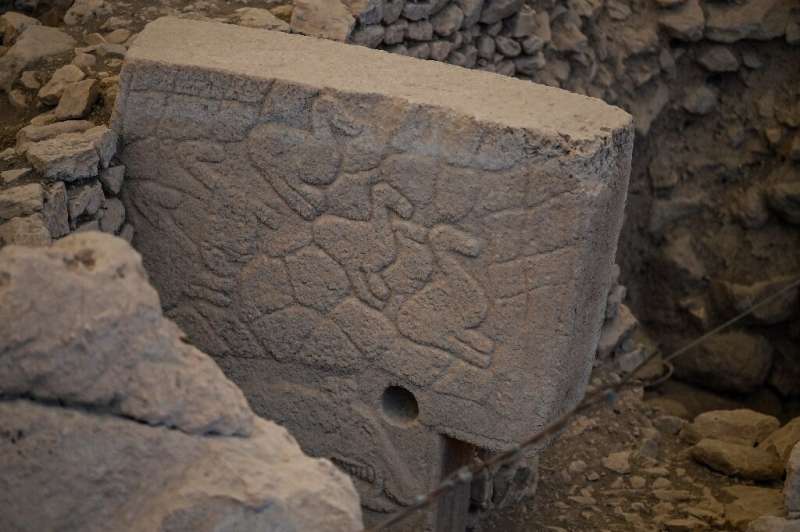
Gerald Imeson wore the watch until his death in 2003 at the age of 85.
PHOTO: AFP
NEW YORK (AFP) - A Rolex watch worn by a British prisoner -of-war during the real-life "Great Escape" from the Nazi Stalag Luft III prisoner-of-war (POW) camp sold for US$189,000 (S$261,000) on Thursday (June 9) in New York.
The final sum for the timepiece, sold to an anonymous buyer, was less than the US$200,000 and US$400,000 expected by Christie's.
The watch was worn by Gerald Imeson on the night of March 24, 1944, when a group of Allied soldiers undertook the daring escape that inspired the 1963 movie starring Steve McQueen.
Imeson had ordered the watch from Rolex in Switzerland, who shipped it via the Red Cross to the prison camp near the present-day Polish town of Zagan, Christie's said.
The steel watch with a black luminous dial and hands was "instrumental in the planning and execution" of their bid for freedom, the auction house added.
NEW YORK (AFP) - A Rolex watch worn by a British prisoner -of-war during the real-life "Great Escape" from the Nazi Stalag Luft III prisoner-of-war (POW) camp sold for US$189,000 (S$261,000) on Thursday (June 9) in New York.
The final sum for the timepiece, sold to an anonymous buyer, was less than the US$200,000 and US$400,000 expected by Christie's.
The watch was worn by Gerald Imeson on the night of March 24, 1944, when a group of Allied soldiers undertook the daring escape that inspired the 1963 movie starring Steve McQueen.
Imeson had ordered the watch from Rolex in Switzerland, who shipped it via the Red Cross to the prison camp near the present-day Polish town of Zagan, Christie's said.
The steel watch with a black luminous dial and hands was "instrumental in the planning and execution" of their bid for freedom, the auction house added.
Christie's said it believed Imeson's watch helped calculate the time it would take the prisoners to crawl through tunnels used in the breakout as well as timing the patrols of the camp guards.
Imeson wore the Oyster Chronograph watch as he waited 172nd in line to escape, according to Christie's.
Of the 200 prisoners who participated in the plan, 76 briefly escaped. Imeson was not among them. All but three of the men were captured and 50 were executed.
Imeson was liberated from another POW camp at the end of the war in 1945.
He wore the watch until his death in 2003 at the age of 85. It was first auctioned in Britain in 2013.
The watch was sold along with several other items, including a Royal Air Force whistle and a membership card for The Goldfish Club - reserved for pilots and crew who have crash landed into the sea and survived.


















